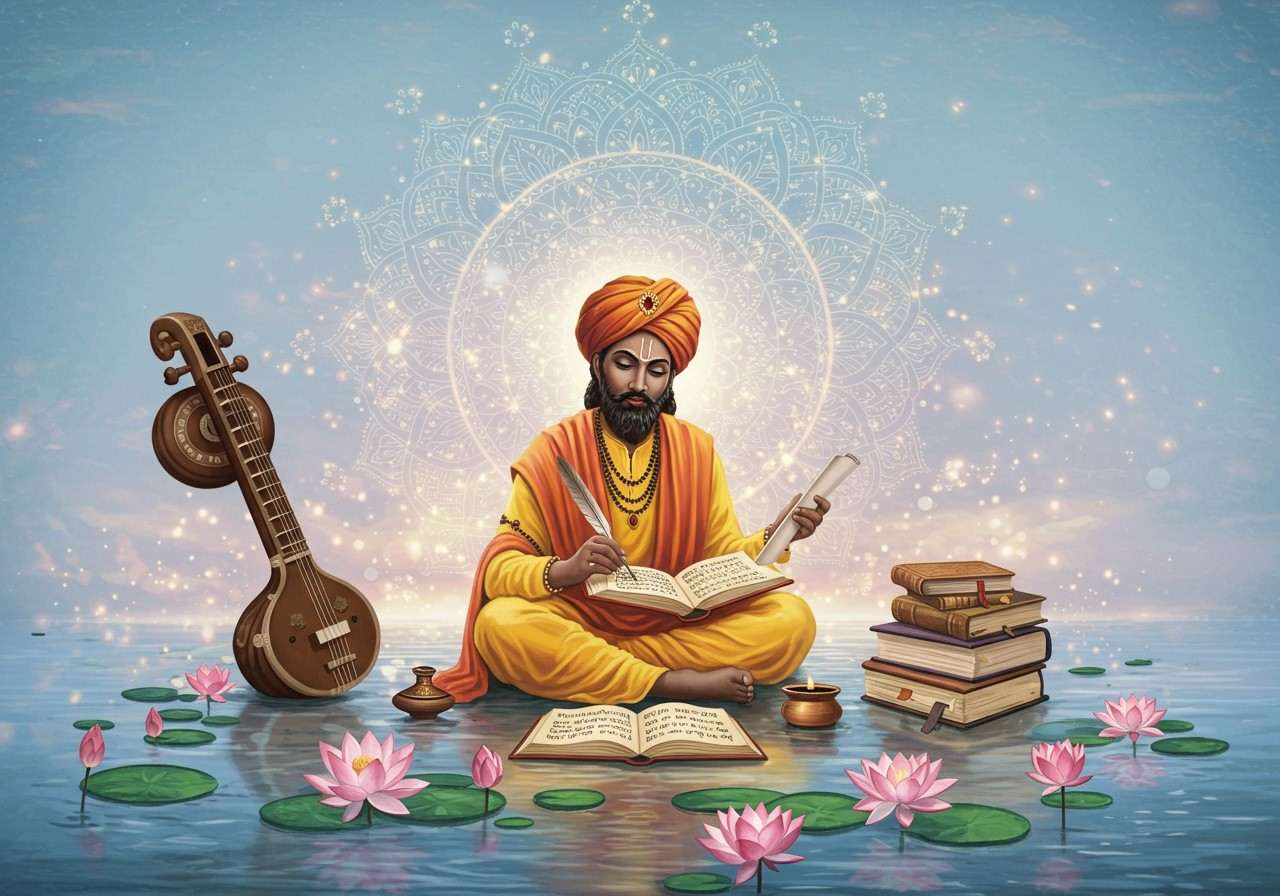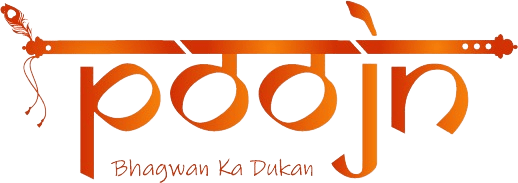
Namaste! If you are preparing for the UGC NET 2025 exam, you know that the journey requires dedication, sharp focus, and a clear understanding of our rich intellectual heritage. The Indian Logic section, or Bharatiya Nyaya Shastra, is one such area that can feel a little daunting. But don’t you worry! Think of it not just as a subject to clear, but as a beautiful opportunity to connect with the profound wisdom of our ancestors. This guide is here to walk with you, simplifying the concepts and sharing a practical approach to mastering this section with the help of MCQs and PYQs.

Why Indian Logic is a Game-Changer in Your UGC NET Paper 1
First things first, let’s understand why this topic is given so much importance. Tucked into Unit 6 of your Paper 1 syllabus, the Logical Reasoning section heavily features Indian Logic. This isn’t just about memorising ancient terms; it’s about sharpening your mind. The questions here are designed to test your ability to think critically and analyse arguments – skills that are essential for any future researcher or professor. Mastering this section can genuinely boost your overall score and set you apart from the competition.
Cracking the Core Concepts of Bharatiya Logic
To score well, you need to have a crystal-clear understanding of the fundamentals. Indian logic is all about the “means of knowledge,” or Pramanas. These are the valid methods through which we gain accurate knowledge about the world. Let’s break them down in simple terms.
The Six Pillars of Valid Knowledge: Understanding the Pramanas
- Pratyaksha (Perception): This is knowledge you gain directly through your senses. Seeing a flower, hearing a bell, or feeling the warmth of the sun – that’s Pratyaksha. It’s the most direct and fundamental way of knowing something.
- Anumana (Inference): This is where your reasoning skills come into play. When you see smoke on a distant hill, you infer that there must be a fire. You haven’t seen the fire directly, but you’ve drawn a logical conclusion based on evidence. This is a key area for UGC NET questions.
- Upamana (Comparison or Analogy): Imagine telling a friend who has never seen a ‘Nilgai’ that it looks like a large deer but is blue-grey in colour. When they finally see one, they recognise it through comparison. That’s Upamana – gaining knowledge through analogy.
- Shabda (Verbal Testimony): This is knowledge you get from a reliable source, whether it’s a person, a sacred text, or a modern-day expert. When you read a textbook or listen to your teacher, you are relying on Shabda.
- Arthapatti (Implication or Postulation): This is about assuming a fact to make sense of a situation. For example, if you know a healthy person is not eating during the day, you might presume they are fasting. This assumption helps explain the situation.
- Anupalabddhi (Non-apprehension): Sometimes, you know something by its absence. For instance, you know there is no book on the table because you don’t see one there. This knowledge gained from the absence of an object is Anupalabddhi.
The Heart of Reasoning: A Closer Look at Anumana (Inference)
A major chunk of questions comes from Anumana. To truly master it, you need to understand its structure. An inference has three main parts:
- Paksha (the subject): This is the subject of your inference. In our example, it’s the ‘hill’.
- Sadhya (the proposition): This is what you are trying to prove. In this case, the ‘presence of fire’.
- Hetu (the reason): This is the evidence or logical ground. Here, it is the ‘presence of smoke’.
The unbreakable link between the Hetu (smoke) and the Sadhya (fire) is called Vyapti (invariable relation). Understanding this relationship is crucial. You should also be very careful about Hetvabhasas, which are the fallacies of inference – the common mistakes in reasoning that can lead to wrong conclusions.
Your Winning Strategy for UGC NET 2025 Preparation
Knowing the concepts is one thing, but applying them in the exam hall is another. Here’s a simple strategy to help you prepare effectively.
Build a Rock-Solid Conceptual Foundation
Instead of just memorising definitions, try to understand the ‘why’ behind each concept. Relate them to everyday examples. For a deeper philosophical context, you might find it helpful to explore foundational texts of our culture. While studying, comfort is key. Using a wooden book stand can make long reading sessions much more comfortable. Having a clear and peaceful mind helps in grasping complex ideas.
The Power of Practice: Mastering MCQs and PYQs
This is non-negotiable. Solving Multiple Choice Questions (MCQs) and Previous Year Questions (PYQs) is the best way to test your knowledge. It helps you understand the exam pattern, the kind of questions asked, and how to manage your time. Platforms like EduRev and Testbook, as well as YouTube channels like JRFAdda, offer excellent resources for practice.
Create a Conducive Study Environment
Your surroundings play a big role in your concentration. A quiet, clean space can make a world of difference. To support your long hours of study and maintain good health, simple things from our traditions can help. For instance, a spoonful of pure Dabur Honey in warm water can keep you refreshed. At poojn.in, we believe in nurturing both the mind and spirit, offering authentic items that bring peace and focus to your life.
For those who wish to delve deeper into the philosophical roots of our culture, which forms the basis of Indian Logic, having a copy of the Shrimad Bhagavad Gita can be an invaluable source of wisdom and clarity.
Answering Your Common Worries and Questions
Many aspirants often wonder about the best way to approach this section. A common question is, how much time should be dedicated to preparing for Indian Logic? While there’s no magic number, consistency is key. Try to dedicate a small but focused part of your daily study schedule to these concepts. Regular revision and practice are more effective than cramming at the last minute.
Another point of confusion is whether this section is more theoretical or practical. The truth is, it’s a blend of both. You need a strong theoretical understanding of concepts like the Pramanas and Hetvabhasas to correctly solve the practical, application-based questions you’ll face in the exam.
People also ask, where can one find reliable MCQs and PYQs for practice? Besides the online platforms mentioned, many standard UGC NET preparation books contain a good collection of questions. Always start with the most recent PYQs to get a feel for the current trend of questions.
Embracing the Journey Ahead
As you prepare for the UGC NET 2025, remember that mastering Indian Logic is more than just an academic exercise. It is a journey into a profound tradition that has shaped our nation’s intellectual discourse for centuries, beautifully explained in texts like the Ramayana and Mahabharata. By connecting classical wisdom with modern preparation techniques, you are not only readying yourself for an exam but also enhancing your own cognitive and analytical abilities.
Trust in your preparation, stay consistent, and walk into that exam hall with confidence. You are not just learning a subject; you are connecting with a legacy. We at poojn.in wish you all the very best on this incredible journey!


